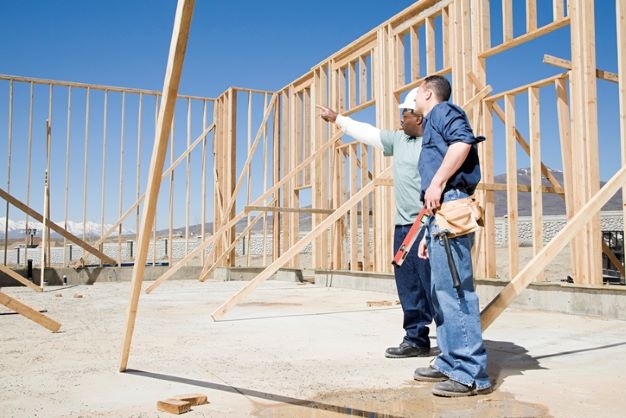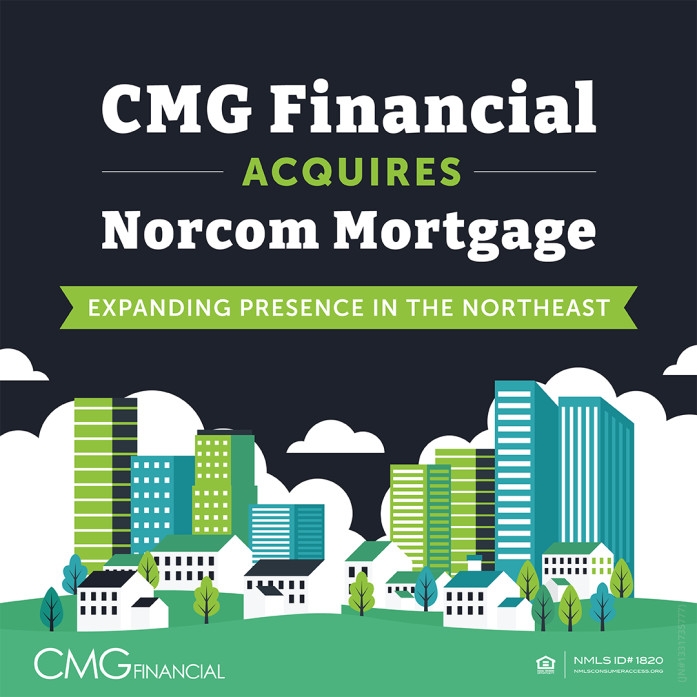
Fewer Housing Starts, More Completions In November

Backlog of homes being completed even as builder confidence continues to fall.
- Housing starts were at a seasonally adjusted annual rate of 1.43 million in November, down 0.5% from October.
- Single‐family housing was started at an annual rate of 828,000 units in November, down 4.1% from October.
- Overall completions in November were at a seasonally adjusted annual rate of 1.49 million, up 10.8% from October.
Construction started on fewer new homes in the U.S. in November, even as a surge of homes were completed, the federal government said Tuesday.
The U.S. Census Bureau and the U.S. Department of Housing and Urban Development jointly announced the residential construction statistics for November 2022. The report states that privately owned housing starts were at a seasonally adjusted annual rate of 1.43 million in November. That was down 0.5% from the revised October estimate of 1.43 million, and 16.4% below the rate a year earlier.
Single‐family housing was started at an annual rate of 828,000 units in November, 4.1% below the revised October figure of 863,000, and down 32.1% from November of last year.
The November rate for buildings with five units or more was 584,000, up 4.8% from the revised October figure of 557,000 and up 24.5% from a year earlier.
The number of new homes completed in November rose significantly, with overall completions at a seasonally adjusted annual rate of 1.49 million, up 10.8% from the revised October estimate of 1.35 million and 6% above the November 2021 rate.
Single‐family housing completions in November were at a rate of 1.05 million, 9.5% more than the revised October rate of 956,000 and 9.9% more than a year earlier.
The November rate for buildings with five units or more was 430,000. That was 15.9% higher than the 371,000 revised rate in October, but down 3.2% from a year earlier.
The number of new privately owned housing units authorized by building permits in November were at a seasonally adjusted annual rate of 1.34 million, down 11.2% from the revised October rate of 1.5 million and is 22.4% below a year earlier.
Permits authorized for single‐family houses in November were at an annual rate of 781,000, 7.1% below the revised October figure of 841,000 and 29.7% below the rate a year earlier.
Authorizations of buildings with five units or more were at an annual rate of 509,000 in November, down 17.9% from the revised 620,000 rate in October and down 10.7% from a year earlier.
First American Financial Corp. Deputy Chief Economist Odeta Kushi said the November housing starts beat analysts’ expectations, while the increased rate of completions represent “additional net-new supply added to the housing stock.”
“The housing market remains structurally undersupplied, but we're at a point in the housing cycle where demand has pulled back swiftly and inventory may rise as homes sit on the market longer,” Kushi said. “Increasing new-home completions will be beneficial to the market in the long-run.”
Kushi noted that building permits are a leading indicator of future housing starts, and that the declines in November reflect the overall weakening of demand in the housing market.
“Multi-family permits fell to the lowest level since May 2021,” she said. “But the backlog of multi-family homes under construction continues to increase, reaching a record high of 915,000 units in November. More multi-family supply may ultimately put some downward pressure on rents.”
Kushi said the report mirrors the declining confidence of homebuilders, which fell in every month of 2022, according to the National Association of Homebuilders(NAHB)/Wells Fargo Housing Market Index, released Monday.
“Housing demand is weakening, while builders continue to face higher costs and supply-side headwinds,” she said. “The Federal Reserve faces a Catch-22 when it comes to the housing market. Higher rates have reduced affordability and prompted a rapid pullback in demand, but the pullback in demand has also caused builders to halt production of new homes.”




